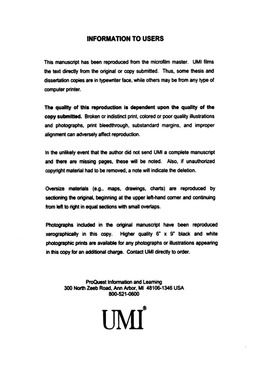Seismic inversion by artificial neural networks.
Abstract
The first application is seismic inversion. Artificial neural networks were used to invert post-stack seismic data into the petrophysical attributes. This application involves two steps. In the first step, the seismic data, low frequency data, spatial and temporal constraints are used as input and petrophysical attribute data (usually from well logs) are used as desired output data to train the neural network. In the second step, the trained neural network is used to predict the petrophysical attribute by inputting the seismic data. Both synthetic data and real data were used to test the seismic inversion by ANN. The results of this inversion have higher resolution and accuracy than those of the conventional inversion. Artificial neural networks (ANN) have recently attracted attention for their ability to "learn" and "estimate" the mapping relationships between the data (Liu et al., 1998). In this dissertation, I investigate the applications of the artificial neural network in geophysical discipline. The second application is AVO inversion. Artificial neural network were trained to learn the relationship between a near-offset partially stacked trace and a far-offset partially stacked trace for non-hydrocarbon bearing rocks. Far traces can then be predicted by this learned relationship and the difference between observed and ANN predicted traces can potentially be used as a hydrocarbon indicator. An advantage of this method over conventional cross-plotting techniques is that it can be made insensitive to incorrect normal moveout corrections.
Collections
- OU - Dissertations [9426]
